Water Softener Leaking: What to Do Before The Pros Arrive
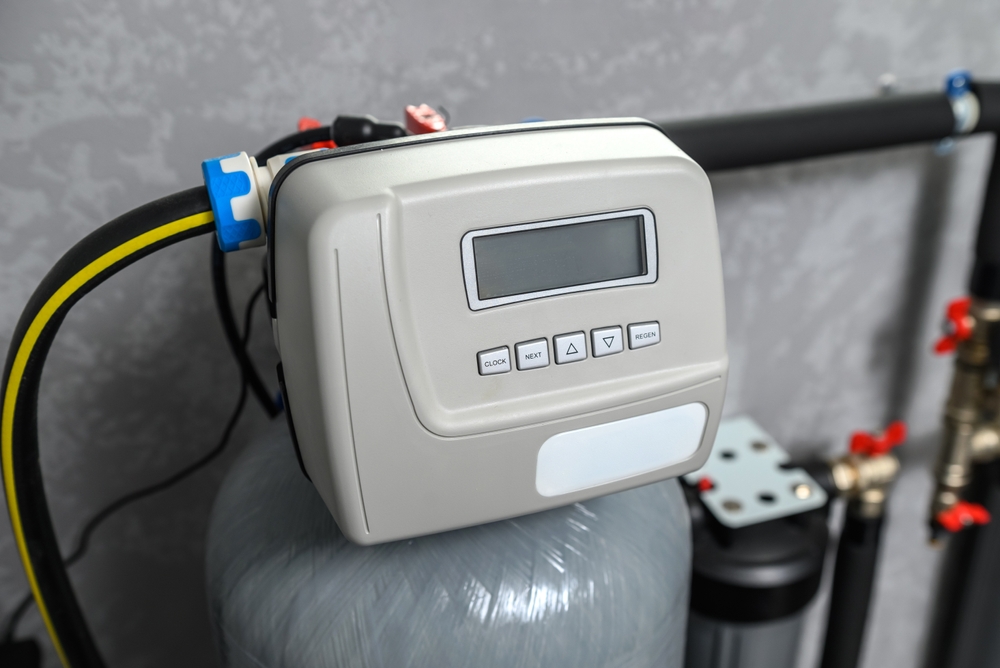
Water softeners do so much for a home: they create clean, healthy water out of an otherwise hardened tap.
Softeners strip away ‘hard’ or calcium-rich materials found in a water stream, restoring its drinkability.
Because softeners do so much, it’s only fair that they experience breakdowns. Over time, they can experience wear and tear, including leaks. Leaking water softeners can happen for many reasons, but it’s best to locate the source for the correct answer. A professional water softener repair and replacement service can remediate issues quickly.
Return to a clean, mineral-free tap with Dauenhauer’s expert care within an hour. If water has already begun flowing, here are a few things you can do to keep the damage contained until the professionals arrive.
Table of Contents
How Does a Water Softener Work?
Through ion exchange, water softeners remove hard materials looking to strip down your water quality.
Magnesium and calcium are two of the most commonly found materials in hard water.
Water softeners work by using resin beads to sift through your water stream, effectively removing hard particles as they pass through. This expands the lifespan of all water outlets, as the reduced buildup prevents clogs.
How Long Does a Water Softener Last?
A water softener typically works at full capacity for 8-12 years. If you routinely clean your softener with a gentle cleaning solution, it could last longer. However, small indicators such as scale buildup or red/yellow stains on faucets signal the need for a replacement.
For a new water softener, contact Dauenhauer today.
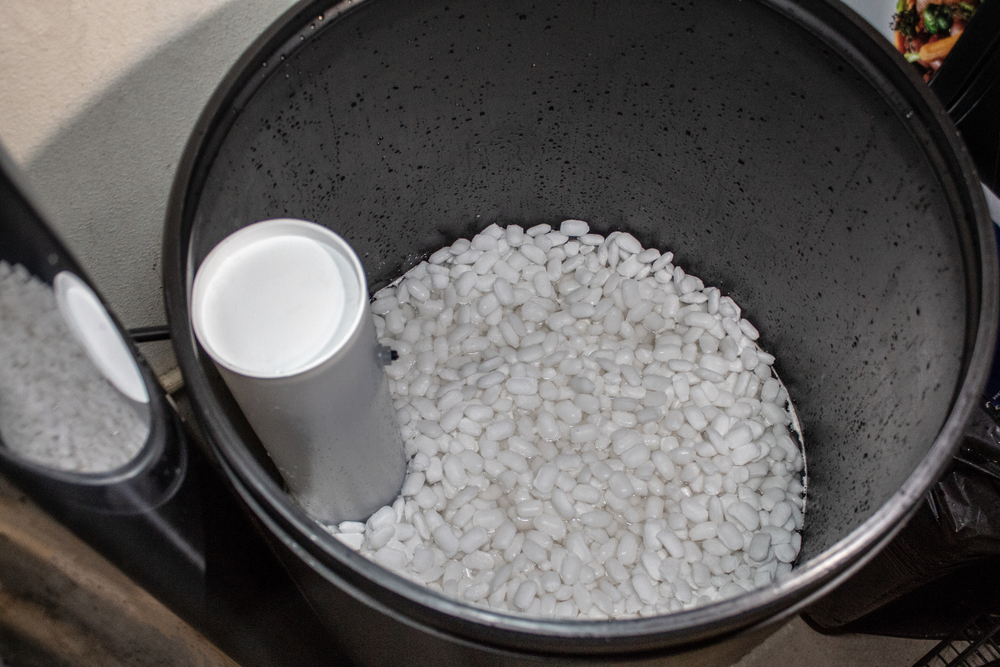
Why is My Water Softener Leaking?
Maybe, it’s already leaking. Signs that you need a replacement may be popping up faster and faster.
A good way to gauge exactly what service (repair or replacement) you need is to understand why your softener may be leaking.
Generally, there are two reasons why a water softener may leak. Either a valve within the tank has become loose or opened, or there’s a clog in the drain line. Faulty valves allow water to flow out from the tank uninhibited, causing somewhat of a flood.
Read More: Why Is My Water Heater Leaking? Common Causes & How to Fix
8 Common Causes of Water Softener Leaks
Leaks aren’t random; they’re built up. Through constant exposure to rough materials, softeners become dysfunctional. Valves in charge of expelling clean, drinkable water can no longer do that.
Suddenly, your routines are interrupted. No clean water to wash dishes or drink at your leisure.
The only way to effectively restore your water softener’s essential functions is to seek professional attention.
Dauenhauer customers may receive full-service water softener repair within an hour. Our team repairs, restructures, and restores these commonly damaged softener parts:
1. Leaking Rotator Valve
Valves harness water flow within a tank. When they become misaligned or loose, water doesn’t know where to go. Don’t waste water, time, or energy by allowing the softener to remain leaky. Quickly contact a professional water softener repair service, as they can quickly patch up or replace the leaking rotator valve in record time.
2. Seal and O-Ring Wear
Seals and o-rings are responsible for locking in water from the inside. They create a durable, impact-resistant seal that allows water to roam freely without leaking.
Although these protective layers are durable, they aren’t immune to wear. Seals are made of rubber, meaning they can only withstand so much high-powered water pressure before they lose strength. The same goes for the o-ring.
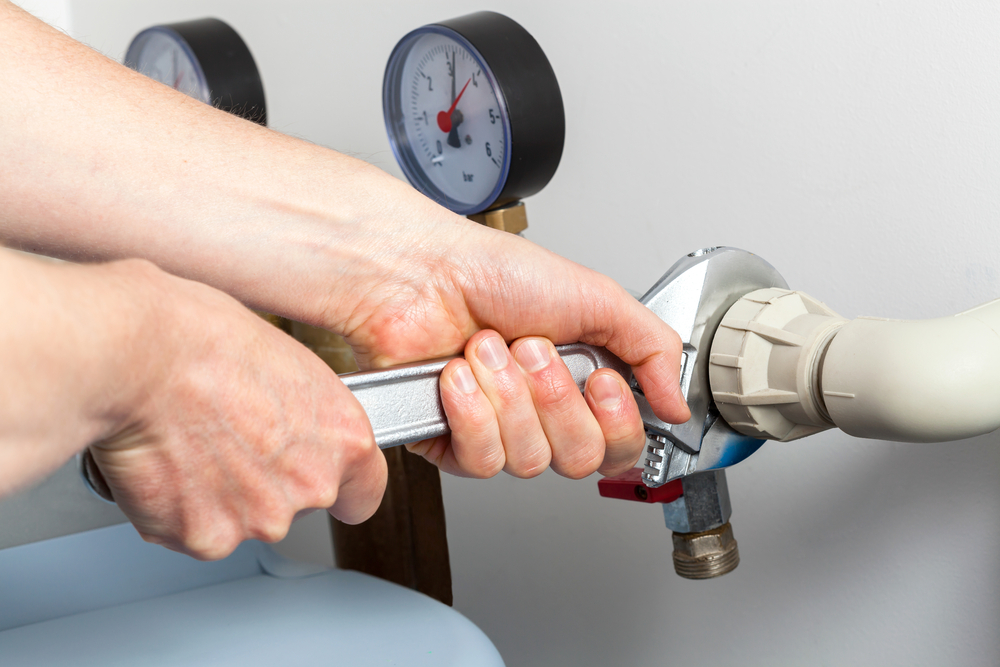
3. Loose Fittings or Connectors
Connectors have to be secure enough to maintain a tight fit. Similarly to the rotator valve, any small opening can allow water to immediately flood or leak.
Check all connections to make sure they are securely tightened. If not, enlist the help of a Dauenhauer expert to fasten both loose fittings and connectors tightly.
4. Cracked Brine or Resin tank
You may feel tempted to go into your softener’s tank and remove salt buildup. While this would improve its efficiency, it’s not safe to do alone. This is how cracks in the brine or resin tank form.
Quietly, water begins to funnel out in drops. Then soon enough, your floors, cabinets, and walls have absorbed the spill.
5. Damaged Control Valve
The control valve tells the brine tank when to release the mineral-lifting solution it needs. When this does not happen on time or fast enough, this signals that the control valve is damaged.
If you notice that your water softener is not producing consistently clean water, it’s time to call in a professional.
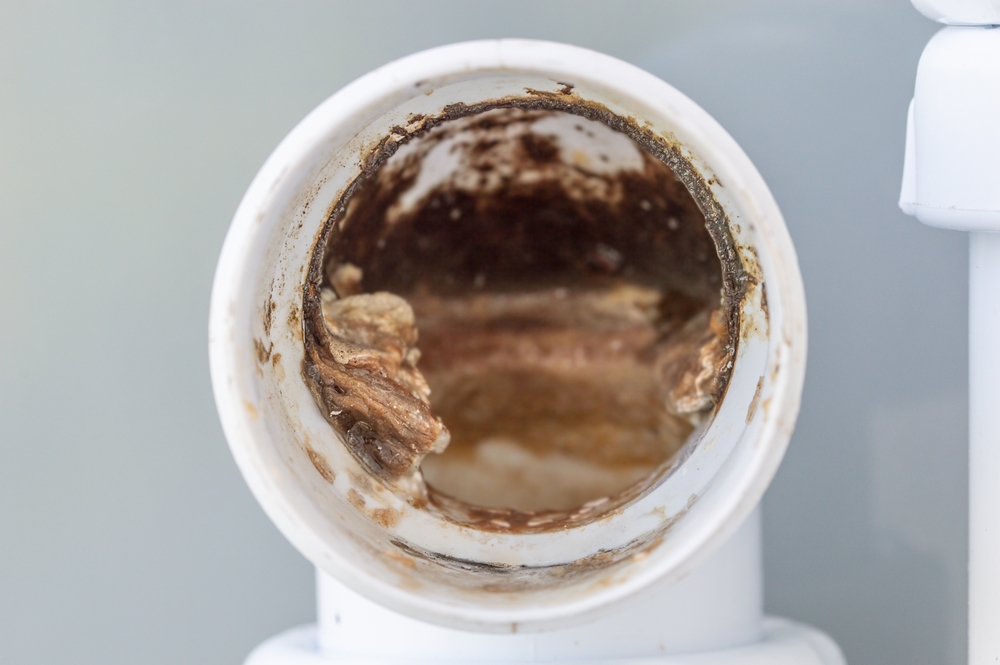
6. Sediment Buildup
Sediment buildup is a common water softener issue. To remove sediment from the tank, it has to pass through. Darkened or muddy water within the tank is a telltale sign of sediment buildup.
Buildup can cause a variety of compromising issues for both the tank and all internal components.
The softener cannot move with speed, efficiency, or power when coated by unwanted minerals.
7. Overflowing Issues
Float valves dispel unwanted water away from the tank so it doesn’t overflow. When the float valve fails, water has nowhere to go but the top.
It overflows, pushing against the already vulnerable tank. An in-depth look at the tank should show that either the float valve is malfunctioning or the brine line or injector is allowing too much water inside.
8. High Water Pressure
A combination of internal parts leads to this damaging malfunction. The water inside your softener shouldn’t be too high of a pressure that it pushes apart connectors, fittings, or rotor valves.
Listen for loud, unusual noises. These indicate that water is pushing against the tank’s walls, an internal issue causing most of the damage.
Why Is My Water Softener Leaking From the Drain Line?
When it comes to a working drain line, installation is everything. An incorrectly installed drain line is guaranteed to cause an immediate leak.
This is a plumbing issue, not a softener issue. You’ll want to consult a professional plumbing company to help readjust the position of your drain line and restore your water softener’s capabilities.

What to Do If Your Water Softener is Leaking
The longer you wait to address issues, the higher your repair bill will be. Moving quickly minimizes the amount of time and effort you dedicate to your water softener’s restoration process.
There are some instances where you can’t wait for the professionals to show up to act. Don’t panic — start by turning off the main water line immediately.
From there, follow these steps:
1. Turn Off the Water and Power
Find the main water source and switch it off immediately. This will keep additional overflowing or leaking water from bursting out of the tank.
It’s a safety hazard to have water sitting that close to an electrical outlet, so turning off the power is another way of guaranteeing your safety.
2. Inspect or Identify the Leak
Look for easily remediable issues such as loose valves or misaligned connections. Simply tighten them and your water supply should stabilize.
If you look closely and see that the issue can’t be fixed by tightening, call Dauenhauer or the repair company that is closest to you.
3. Contact a Plumber
Since it is largely a plumbing issue, contact a plumber for help. They know the ins and outs of any valve, connection, or main water line.
You could receive an informational diagnosis leading to a bigger or undetected issue. If you need a reliable plumber near you, turn to Dauenhauer for relief.
Solutions For Repairing a Leaking Water Softener
Here’s what a plumbing professional will implement in the repair process:
- Replace or Tighten Loose Fittings
- Replace Seal or O-Ring
- Clean and Remove Sediment Buildup
- Repair or Replace Faulty Valve
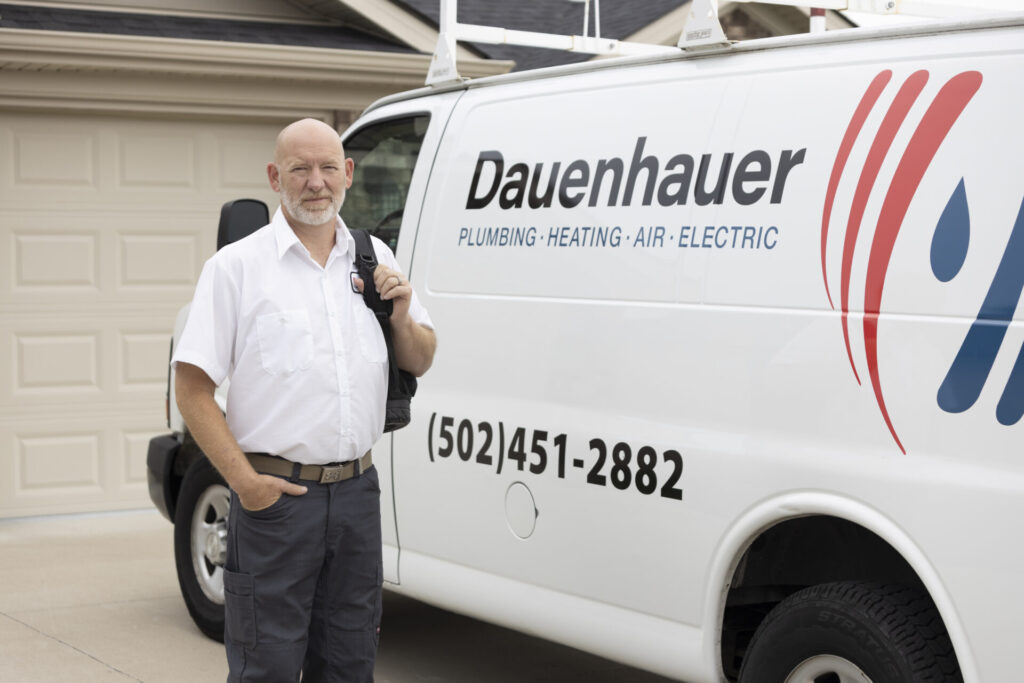
Water Softener Repair and Replacement Services
If it feels like you’ve exhausted all avenues, it may be time to leave it to the experts. Dauenhauer offers local, accessible water softener repair and replacement services in your area.
No longer are the days of living with a broken, spotty, or leaking water softener. With 24/7 availability, don’t hesitate to contact us with your emergency needs today.